If you are new to music then adding ‘click track’ to your glossary of terms can help you understand some of the intricacies of live performance as well as general synchronicity in music, live or not.
The click track has had some different purposes throughout its history and is used in different ways by different people, as well as manifesting into other devices which you may recognize as a ‘backing track’.
In this article we will explore what a click track is, when it is used, and why musicians like to use a click track. Read on to learn more about music, recording, and live performance.
What Is A Click Track?
In its most basic sense, a click track is essentially the same as a metronome.
Rather, a click track is a recorded form of the beat created by something like a metronome, the term ‘metronome’ simply refers to the device making the click track, rather than the click track itself.
So as you can imagine, a click track will create the perfect timing for a specific BPM. If a track is 90 BPM, this will be enacted perfectly by a mechanical or electronic metronome.
A click track is basically a recording or this musical count which can be used to sync up other bits of music, in both live performance and recording.
In summary, a click track is a tool used by a band or musician to help them keep consistent time for the purposes of recording or live performance.
When Is A Click Track Used?
The following section will cover the two main places where click tracks are used.
Recording Sessions
The actual first usage of a click track, not a metronome but a click track, was most likely by Walt Disney’s team when making the first cartoons. You hear this at the start of most old Disney cartoons as the placard counts down to 1.
We don’t hear a click track in the actual final product, but when recording these originally the click track helped them create the noises in perfect timing with both the visual action and the music.
Cartoons were mainly without voices at this point relying on cartoonish sound effects which work much better when they are ‘on time’ with the actual action.
AS the rudimentary animation started out they would often use timing when animating in the same fashion, so a click track was quite useful.
This demonstrates rather well how the click track would be used by a band when recording. The issue with a metronome is that you can’t hear it that well over the electronic playback of guitars and the acoustics of drums.
The click track, as discussed, is a recording, so each band member can have the click track in their in-ear monitors while they play. The song remains in time and no one else can hear the click track apart from the people playing.
This means everything is on tie, rather than each band member playing to the beat of their own drum, so to speak.
Live Performance
There are two sorts of ways that a click track can be implemented in live performance. One is simply to keep time.
Just in the same ways we explained above, a click track will be played through the in-ear monitor of most of the band, almost always the drummer but not necessarily everyone else.
A guitarist for example may not want to hear a click track when playing live, sometimes they desire that ‘free range’ which allows them to go out of time in small increments to keep their guitar sound lively and active.
Try playing a guitar solo with a click track and you will understand that headache.
In this same manner, Mark E. Smith of the UK Punk band The Fall would banish the metronome and click track from his recordings and live sessions as he hated when the drums became too slick.
Listen to ‘The Container Drivers’ by The Fall and hear how the sporadic nature of the drums drives the janky and off kilter feel of the track.
One mutation of the click track, which some may argue is a separate thing, is the backing track.
In certain live performances the use of a click track and a backing track allows session musicians to essentially replace a whole band member with a pre-recorded track and a click track.
Some bands will even play with a click track and backing track during a live performance and still play over it, this makes their song sound almost exactly like the record.
Some bands find this useful, while others see it as the bane of emotional live performances itself.
Do People Like Click Tracks?
Click tracks can be a bit of a divisive tool. Some find them really useful, namely session musicians, while others find they undermine the concept of live performance.
For example, a church band may find some real use in a click track and backing track.
This means when certain people aren’t available they can swap band members in and out or even replace absent members with a backing track.
This is simply way more practical in this situation where unique and enterprising live performance isn’t always the goal.
On the other hand, people find that click tracks basically kill musicality. For example, with a click track you can’t shift tempo.
Shifting tempo isn’t a bad thing necessarily, many live rock bands will never use click tracks, they want their performance to be raw and real and not have the supporting aids that a click track can bring.
It also fundamentally undermines the idea of live performance for some.
Many find that live performances should not sound like a record, they should be somewhat chaotic and in the moment, speeding up as the crowd grows wilder, etc.
Many suggest that a click track is essentially a wet towel on live performance.
In Summary
A click track is a recording of a metronome, digital or mechanical, which helps count beats and helps multiple musicians play at the same time and rhythm.
They are used for different purposes in different situations, mainly in recording sessions to help create a record.
Different people find different uses for a click, while some find they undermine live performance itself. You certainly don’t need a click track, but if you are having trouble staying in time generally a click track could be helpful.
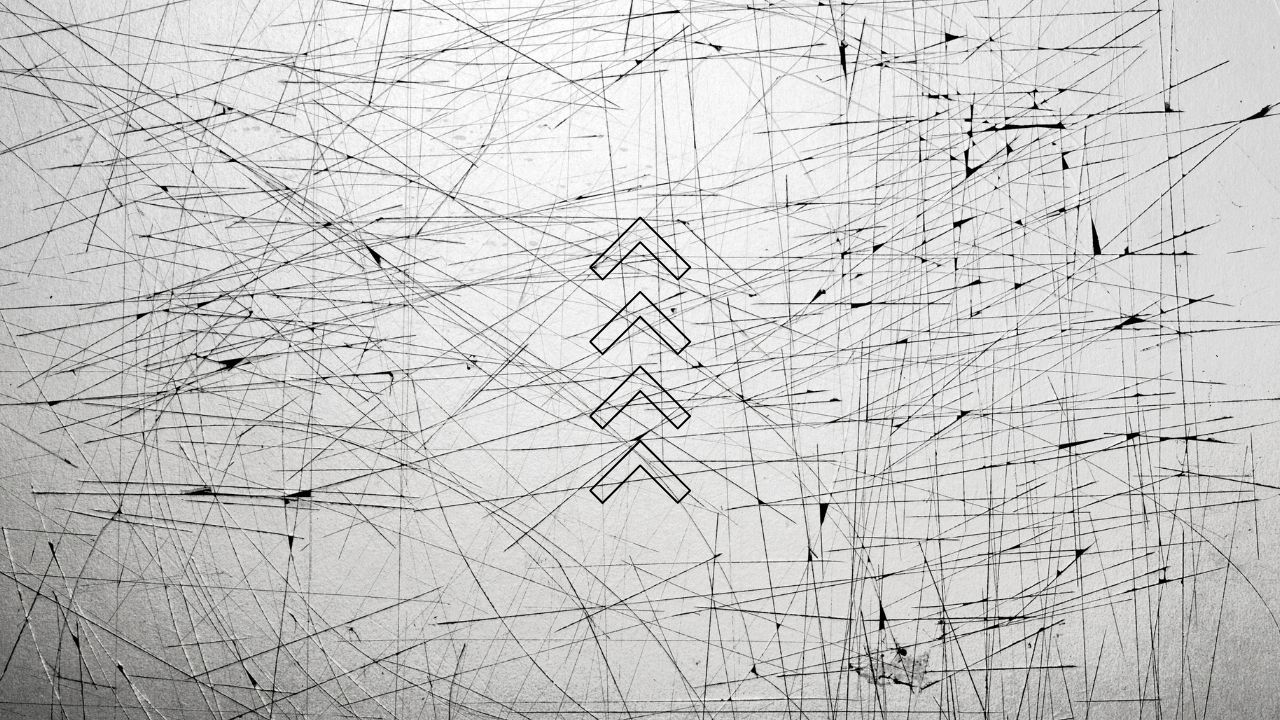

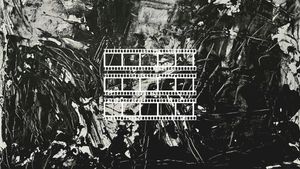
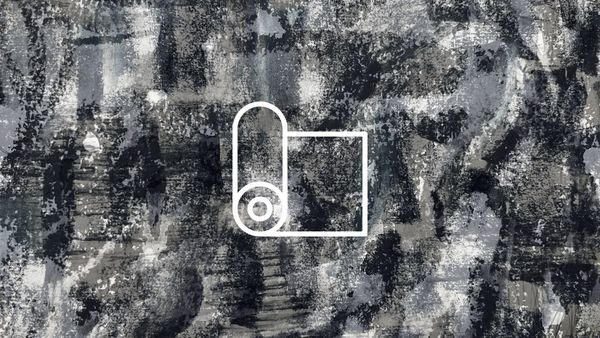
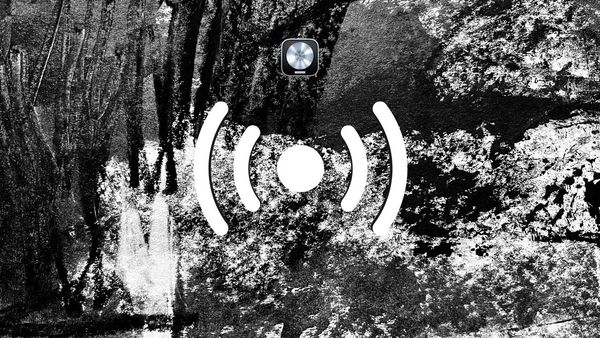

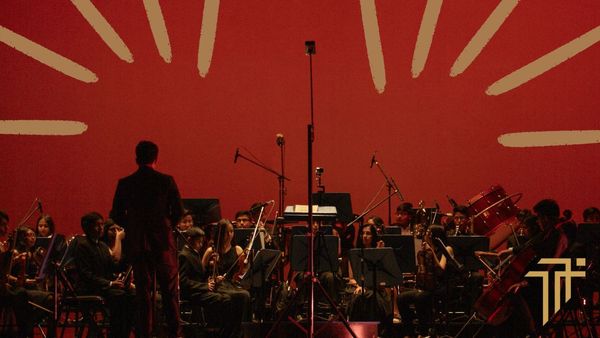

Member discussion